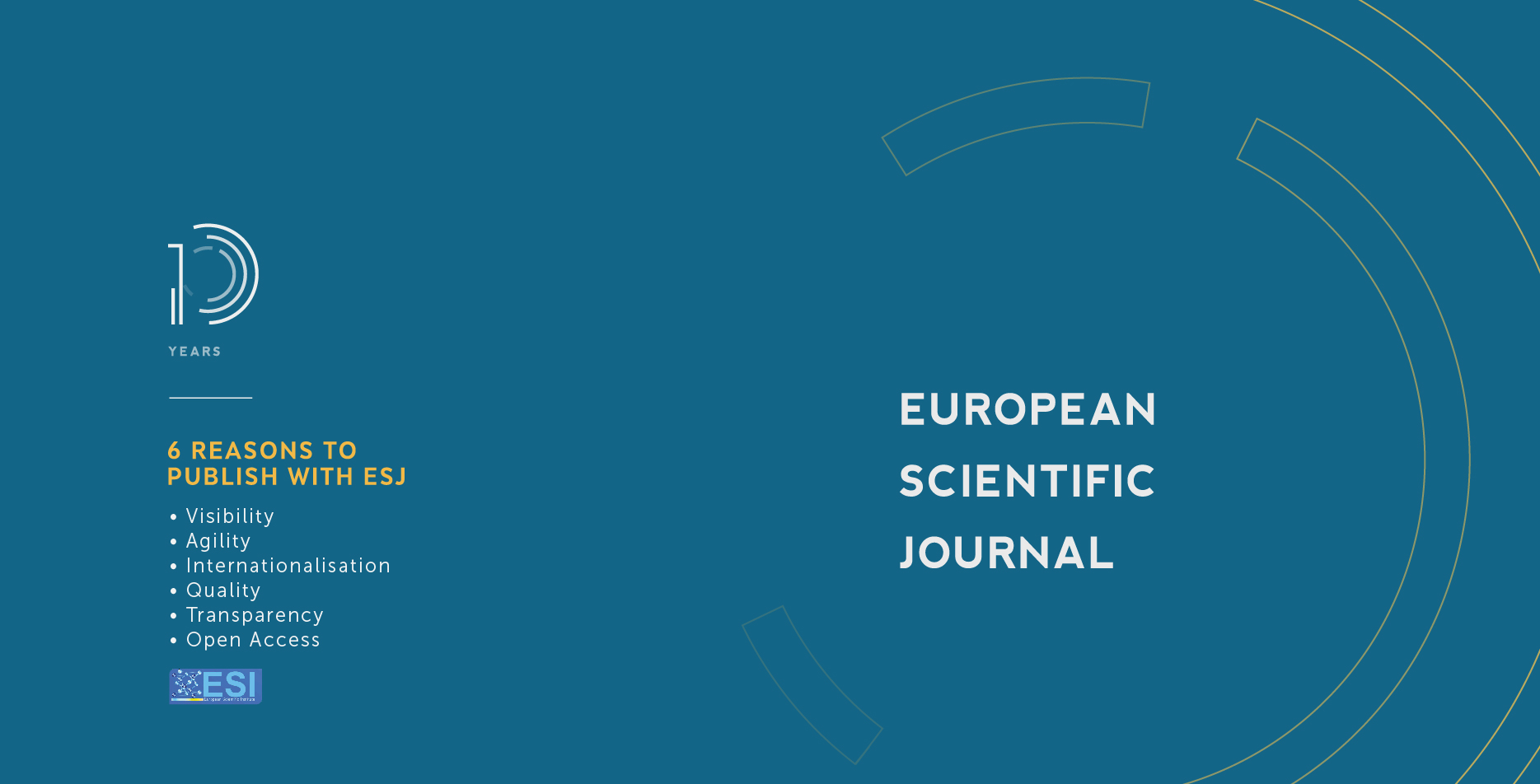Harassment of Women in University and Public Transport
Abstract
The present study was conducted to find out the existing problems of university and public transport from the perspective of females in Abdul Wali Khan University Mardan, KP, Pakistan. The study examines the issue of harassment in university and public transport the female faces every day. The study uses the quantitative method and random sampling, which belongs to probability sampling—the data collected from the study area through the questionnaire. The study shows that students and employees were 18 to 31 years old in which majority of the female's faces problems in public transport and few were faced problems in university transport. The study shows that the female passenger was unwilling to use public transport. They found it the most unattractive mode of transportation. Moreover, the study shows that most females reported facing the misbehaviour of drivers and co-passengers. The female passengers do not want to use public transport to avoid unpleasant situations. They also feel unsafe from drivers because they make rude remarks behind them, harass them, and miss their behaviour. Most of them want to act against the harassers, but they are afraid, and those who are harassed do not complain to the higher authorities because they think it can affect their selfrespect and reputation. Further studies need to be conducted to get more information about public and university transport harassment.
Downloads
Metrics
PlumX Statistics
References
2. Ardener, S. (1981), Women and Spaces: Ground Rules and Social Maps. London: Croom Helm
3. Asian Development Bank. (2014). PAK: Rapid Assessment of Sexual Harassment in Public Transport and Connected Spaces in Karachi. https://www.adb.org/sites/default/files/project-document/152881/44067-012-tacr-19.pdf
4. Bandyopadhyay, M. & Khan, M. R. (2003) Loss of face: violence against women in South Asia, Manderson, L. and Bennett, L.R (Eds) Violence Against Women in Asian Societies, Routledge Curzon
5. Battered Women's Support Services (2014). How can we improve public transit safety for women? Retrieved from http://www.bwss.org/how-can-we-improve-public-transit-safety-for-women/
6. Celik, Y., & Celik, S. S. (2007). Sexual harassment against nurses in Turkey. Journal of Nursing Scholarship, 39, 200-206.
7. Dhillon, M., & Bakaya, S. (2014). Street harassment: A qualitative study of the experiences of young women in Delhi. SAGE Open, 4(3), 1-11.
8. Fahmy, A., Abdekmonem, A., Hamdy, E., & Badr, A. (2014). Towards a safer city; sexual harassment in greater Cairo: Effectiveness of crowdsourced data. Cario: HarrassMap.
9. Fitzgerald, L.F., Drasgow F., Hulin C.L. & Michele, J. G. (1997). Antecedents and consequences of sexual harassment in organizations: A test of an integrated model. Journal of Applied Psychology 82(4), 578-589.
10. Gardner, C. B. (1995). Passing by: Gender and Public Harassment. Univ of California Press.
11. Gupta, K. (2006) Violence Against Women: Some Dimensions and Theoretical Implications, Vir, D. (Ed) Violence Against Women and Their Exploitation in India, New Academic Publishers
12. Harrison, J. (2012). Gender segregation on public transport in South Asia: A critical evaluation of approaches for addressing harassment against women (Doctoral Dissertation, M. Sc. Dissertation, School of Oriental and African Studies, University of London).
13. Ho I.K., Dinh, K.T., Bellefontaine, S.A., & Irving, A.L. (2012). Sexual harassment and post traumatic stress symptoms among Asian and white women. Journal of Aggression, Maltreatment & Trauma 21(1).
14. Kelkar, G. (1992) Violence Against Women: Perspectives and Strategies in India, Indian Institute of Advanced Study
15. Korn, J. (2018). Riding Scared: Sexual Violence and Women's Mobility on Public Transportation in Santiago, Chile.
16. Loukiatou-Sideris, A. (2014). Fear and safety in transit environment from the women's perspective. Security Journal, 27(2), 242-256.
17. Mathur, K. (2004) Countering Gender Violence: Initiatives Towards Collective Action in Rajasthan, Sage Publications
18. Menon, N. (2000) Embodying the Self: Feminism, Sexual Violence, and the Law, Chatterjee, P., and Jeganathan, P. (Eds) Community, Gender and Violence, Subaltern Studies XI, Hurst & Company
19. Neuman, W. L. (2006). Qualitative and quantitative research designs. Social Research Methods: Qualitative and Quantitative Approaches, 6, 141-142
20. NYPD transit bureau (n.d.). NYPD transit bureau strategies. New York: NYPD.
21. Osez le Feminism [web post] (2014). Pourquoi cette campagne? Retrieved from http://takebackthemetro.com/
22. Poonacha, V. (1991) Women and Violence, Bombay: SNDT University
23. Project Guardian. (2013). Project Guardian leaflet. London: BTP. Retrieved from Retrieved from: http://www.btp.police.uk/pdf/Project%20Guardian%20Leaflet.pdf
Public transportation system and female mobility in Pakistan - PIDE blog. (2020, September 14). https://pide.org.pk/blog/public-transportation-system-and-female-mobility-in-pakistan/
24. Raju, S. (2011) Introduction: Conceptualizing Gender, Space and Place, Raju, S. Gendered Geographies: Space and Place in South Asia, Oxford University Press
25. Rossi, M. (2014, March 21). Why sexual assault goes almost unpunished on Brazil's public transport. El Pais [online]. Retrieved from http://elpais.com/elpais/2014/03/21/inenglish/1395410628_963335.html
26. Smith, M. J. (2008). Addressing the security needs of women passengers on public transport. Security Journal, 21(1-2), 117-133.
27. Stanford Encyclopaedia of Philosophy. (2007) Liberal Feminism [Online] Available from https://plato.stanford.edu/entries/feminism-liberal/
28. Tulloch, M. (2000). The meaning of age differences in fear of crime. British Journal of Criminology, 40(3), 451-467.
29. Wanasundera, L. (2000) Country Report on Violence Against Women in Sri Lanka, Centre for Women's Research (CENWOR), March 2000
30. Wilder, R. A. (2018). Sexual Harassment, Public Transportation, and Labour Market Outcomes for Women: Case Study of Lahore, Pakistan.
31. Wolch, J.R. & Dear, M.J. (1989), (Eds) The power of geography: How territory shapes social life.
Copyright (c) 2022 Sumbal Sumbal

This work is licensed under a Creative Commons Attribution-NonCommercial-NoDerivatives 4.0 International License.








